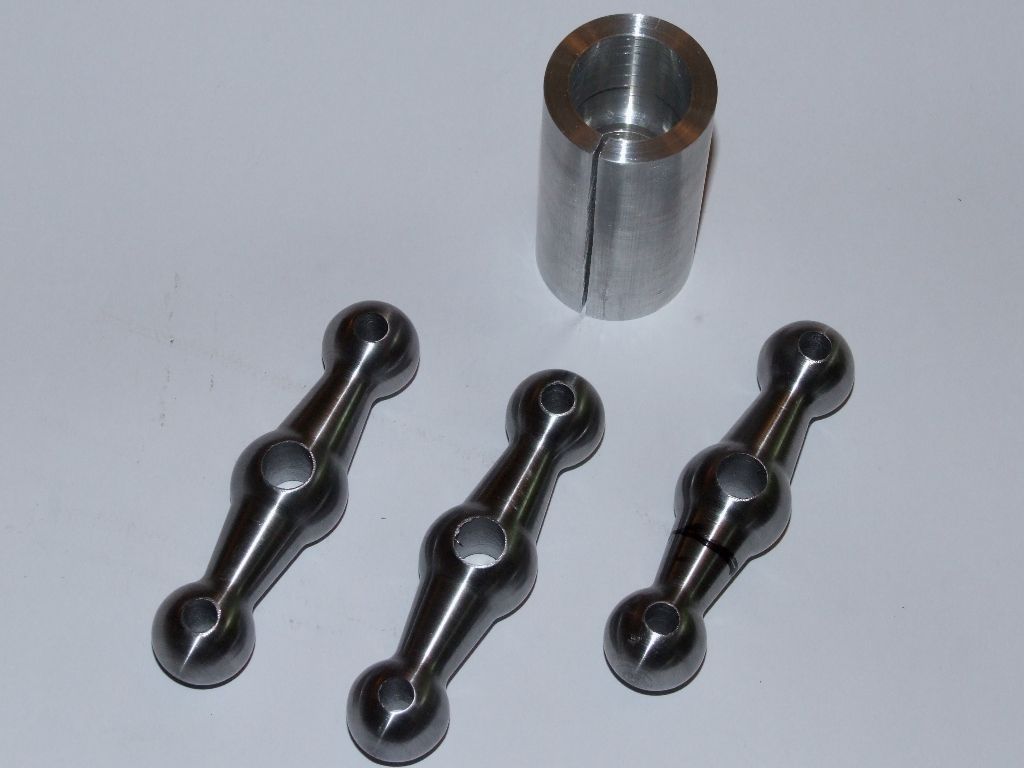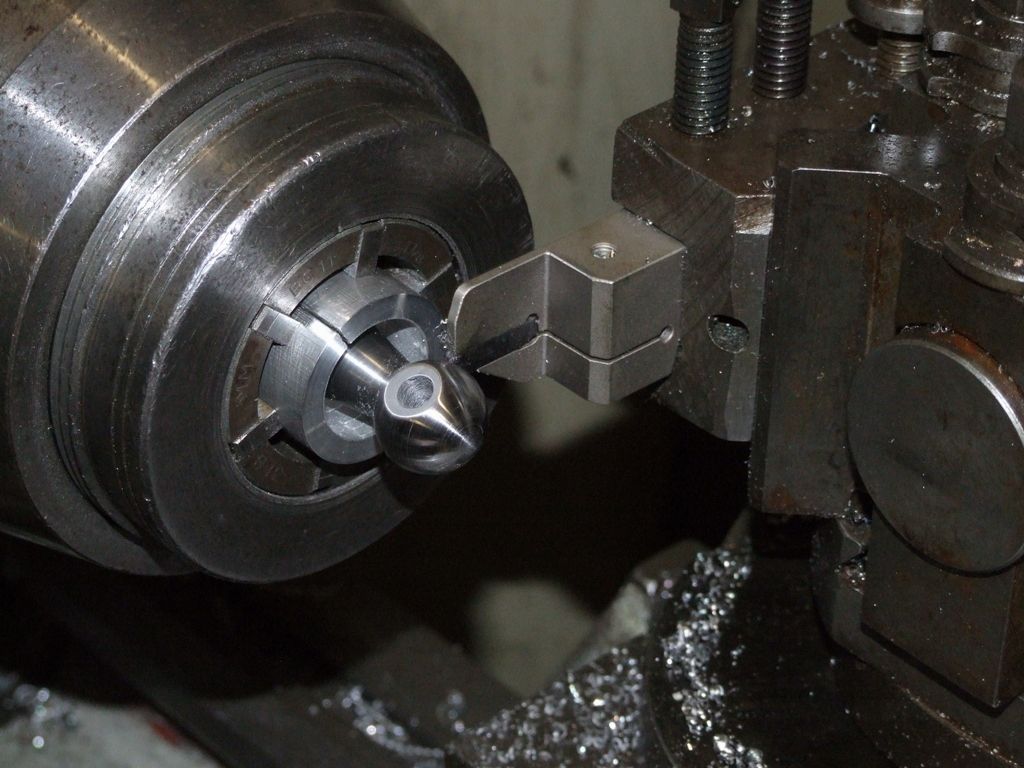Posted by Andrew Johnston on 11/04/2017 12:15:45:
I don't think 316 can be hardened.
Andrew
That's basically right. There's little (316) or essentially no (316L) carbon in it, so heating and quenching does nothing much for you. So the only option is surface hardening which is a diffusion process. It is possible to get hardenable stainless steels (used in ball bearings etc) but they are more exotic.
The simple methods diffuse either nitrogen or carbon (or both) into the surface, either in gaseous or salt form. The downside of those methods is that the chromium reacts with the nitrogen or carbon to form chromium nitride or carbide. The result is that the stainless steel is no longer quite so stainless, as it's the chromium that gives the corrosion resistance.
There are proprietary processes that can diffuse carbon and nitrogen into the surface without the formation of carbides and nitrides but they are beyond the capability of normal home or even most industrial workshops. You need near vacuum and high (by our standards) temps, plus time (from several hours to several days), with a plasma activation. The carbon and nitrogen are typically supplied in the form of gases like acetylene, ammonia etc although the process details are closely guarded. There may also be a secondary oxidisation process to improve corrosion resistance.
Examples are Bodycote "Kolsterising", Arcor and Sulzer Oerlikon "Balitherm IONIT OX". There are others…
Murray
SteveI.








